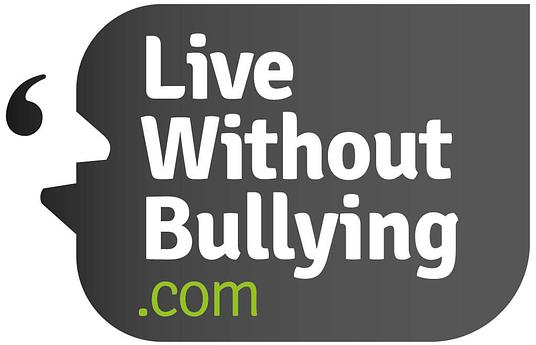In 2016, first-graders Julia and Amelia approached their teacher Maureen and asked if they could start a business that sold products made in their school’s makerspace and donated the profits to charitable causes. That day, JAM was born, named for three co-founders’ first initials.
JAM began selling simple products like keychains and “tin bins” (mint tins that are repurposed into containers for fun themed items or craft kits) to people at their school. Each product that the girls produced sold out, and soon they were welcoming more JAM members who wanted to help.
Soon, dozens of girls (and boys) were developing maker and entrepreneurship skills to support causes they cared about, from cancer research to hunger. But something else was happening, too—by putting students in charge of what to make, JAM was creating space for the development of products that could change the world.
How can we empower young learners to make a difference in their school community?
One day at school, a kindergarten JAM member experienced bullying, and it gave her an idea: what if JAM could make and sell a way to identify the kind people? JAM members started making buttons with a simple message: #bethekindkid.
Buttons became #bethekindkid T-shirts, and JAM has now sold thousands of shirts—it’s impossible to turn a corner at the school without spotting someone wearing one. This simple phrase has spread kindness around the community, from students and teachers to cafeteria staff and parents.
#bethekindkid has helped the ideas behind JAM spread to other schools: four JAM clubs have formed at nearby schools. Each is as unique as its student members, but they’re all creating opportunities for young entrepreneurs to make a difference.



